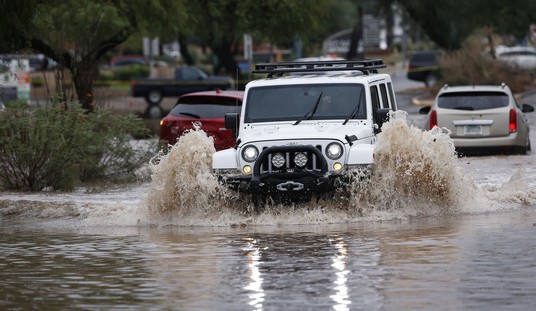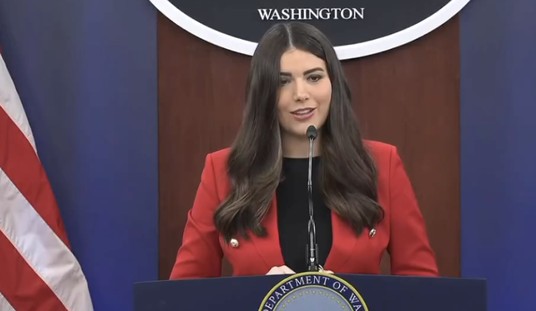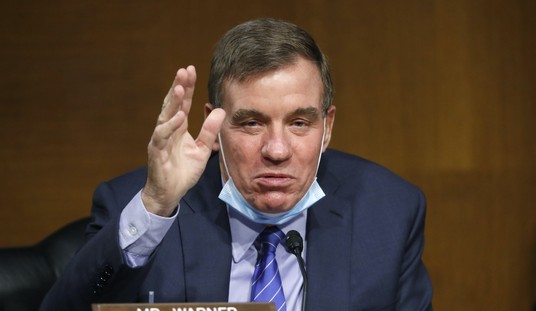Back on March 1, President Trump fired a double-barrel shotgun at the long-held preservationist U.S. mantra that for nearly a century has dealt heavy blows to American forests, forest animals, and the humans whose homes abut government forest lands.
The first addressed what the White House calls “the threat to national security from imports of timber and lumber.” Even though the U.S. has ample timber resources, the nation has been a net importer of lumber since 2016. Wood products, said the President, play “a vital role in key downstream civilian industries, including construction.”
Reliance on imported lumber became critical during the COVID pandemic, when the producer price of softwood veneer and plywood manufacturing over tripled from $205 in January 2020 to $702 in June 2021; the December 2024 price was still higher than the pre-COVID peak.
That upward jerk devastated the home building industry. Contractors who had hoped construction prices would return to pre-pandemic levels are still waiting, and the short-term effects of the Trump tariffs could keep prices high for months to come.
On the other hand, Trump’s second order, a call for the immediate expansion of U.S. timber production, provides hope to the logging and construction industries and homebuyers. The order also returns to the wisdom of indigenous communities, who managed American forests with fire for millennia.
Logging and controlled burns have been under attack since the Wilsonian “progressive” era. Progressive federal and state government policies restricting common-sense logging and fuel breaks led to overgrown forests that quickly burn out of control. The result is ever-increasing threats to property, human and animal lives, and environmental damage, including air pollution, water pollution, and loss of habitat and species.
Recommended
The market-focused environmental nonprofit PERC urges the nation to “Fix America’s Forests,” which are “in trouble” thanks to a century of fire suppression that has disrupted natural fire cycles and impaired forest health.. Trees die in national forests from insect infestations, drought, and disease caused by overly dense forests.
To “fix” our forests, PERC called for active forest management, including prescribed fires and mechanical thinning. Overlapping regulations, litigation, and inadequate funds for proper management have left our forests vulnerable. PERC’s solution is to reduce existing regulatory hurdles and find more creative funding approaches.
Keith Schneider of the water newsroom Circle of Blue says Trump’s forest management plan boosts logging on federal lands, increases tariffs on Canadian lumber, and expedites timber approvals to reduce wildfire risks and support the U.S. timber industry.
The White House, says Schneider, contends, "Our inability to fully exploit our domestic timber supply has impeded the creation of jobs and prosperity, contributed to wildfire disasters, degraded fish and wildlife habitats, increased the cost of construction and energy, and threatened our economic security.”
To oversee this dramatic change in federal forest policy, Trump appointed widely respected forestry expert Tom Schultz to head the Forest Service. One of his tasks will be to enable shorter timeframes for evaluating logging plans for their impact on endangered species.
Well-funded environmental groups immediately claimed that the Trump policy increases the human imprint on “sacred” forest lands. Inside Climate News called the order “an assault on the nation’s public forests” that “removes protections” and will surely destroy massive swaths of older, fire-resilient trees.
Danna Smith, executive director at North Carolina’s Dogwood Alliance, called the Trump order “absolutely the wrong direction and a devastating blow.” Even as wildfires raged in the Carolinas, killing trees and wildlife, Smith claimed that selective logging and removal of dead trees would harm “standing forests” that are vital to fighting the climate crisis.
The irony appears lost to those clinging to the failed federal policy of yesteryear’s progressives.
This is not Trump’s first rodeo with forest management. His January 2019 order required the Interior and Agriculture Departments to collaborate with state, tribal, and local partners to create a comprehensive wildfire strategy to prioritize the highest-risk lands. That order sought to reduce hazardous fuel loads, mitigate fire risk, and ensure the safety and stability of local communities.
The mantra – then as now – was “active forest management.”
Two years later, Interior Secretary David Bernhardt announced that Interior had reduced wildfire risk across 1.5 million acres in fiscal year 2020. The four-year total of 5.4 million acres was 49% higher than during Obama’s second term.
The Department of the Interior’s record included offering 763 million board feet of timber for sale, addressing non-native and invasive species across over a million acres, protecting water quality and mitigating flooding and erosion risks from wildfires on 1.7 million acres, and reducing fuel loads on 1.5 million acres. They also maintained public access roads to provide access for emergency services and restoration work across 20,000 miles.
In April 2020, Bernhardt signed a final decision to construct and maintain a system of up to 11,000 miles of strategically placed fuel breaks to control wildfires within 223 million acres of federal lands in Western states. The Bureau of Land Management had assessed more than 1,400 fuel breaks since 2002 and determined that 79% effectively controlled wildfires and 84% helped improve fire behavior.
An early test of the Trump forest policy is playing out in fire-ravaged San Bernardino, thanks to an emergency order issued by Agriculture Secretary Brooke Rollins to increase timber quotas in America’s national forests by 25%. Opponents scoffed that “they are after timber.” Still, according to the U.S. Forest Service, charred portions of the forest burned in the Eaton Fire remain at “significant” risk of debris flows, flooding, and mudslides.
Rollins says that streamlining permits for increased logging will help “achieve relief from threats to public health and safety, critical infrastructure, and/or mitigation of threats to natural resources.” The result will be improved durability, resilience, and resistance to fire, insects, and disease within national forests and grasslands.
And maybe increasing domestic logging will help revive an American industry as old as America itself.
Duggan Flanakin is a senior policy analyst at the Committee For A Constructive Tomorrow who writes on a wide variety of public policy issues.

























Join the conversation as a VIP Member